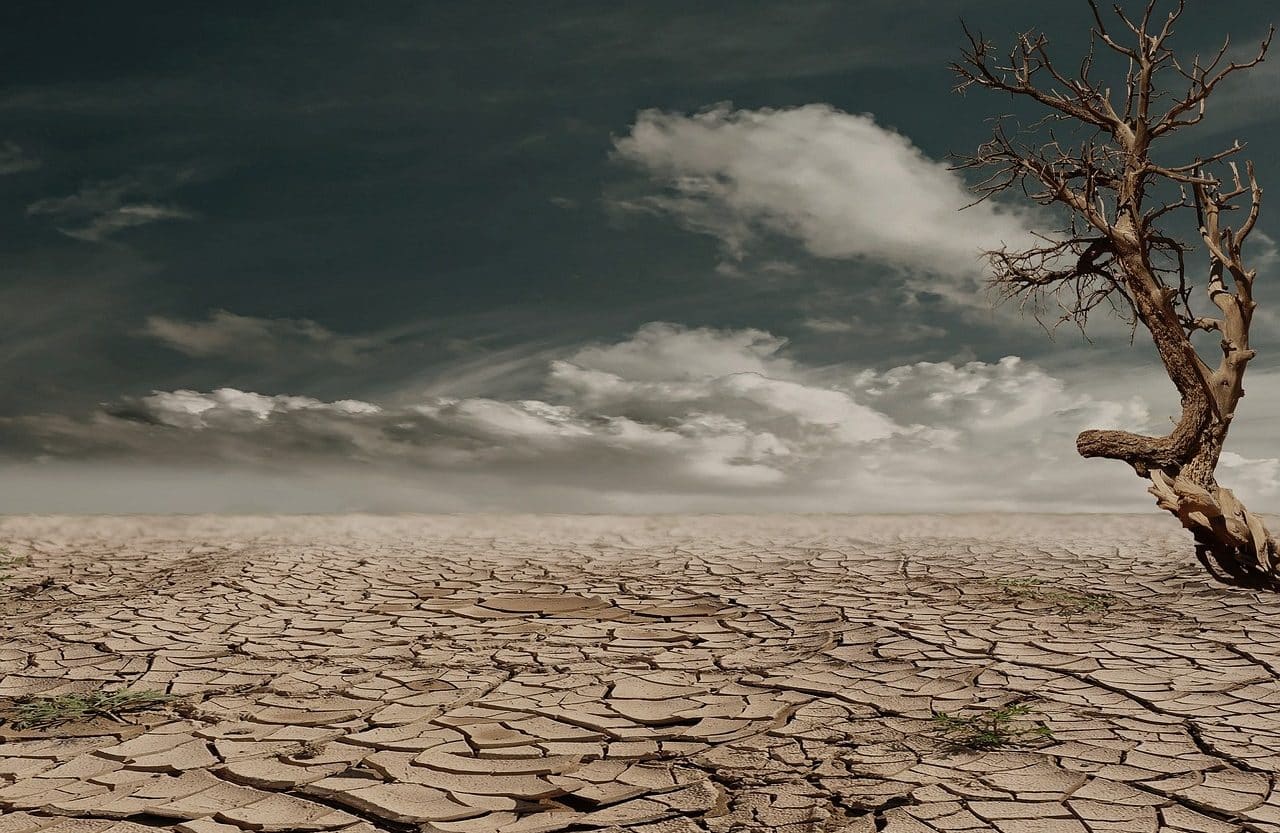
With greenhouse gas emissions, the carbon footprint grows.
Greenhouse gas emissions are those actions that generate the release of this type of substances into the atmosphere . This is an environmental problem since they encourage global warming , promoting climate change.
Before moving forward, it is important to indicate that emission is the process and result of emitting: sending something out, expelling. Greenhouse gases (GHG) , meanwhile, are fluids that emit and absorb radiation in the infrared spectrum.
What are greenhouse gas emissions?
Greenhouse gas emissions are the consequence of various activities carried out by man. There are many processes that, with their deployment, generate carbon dioxide (CO2) , methane (CH4) , nitrous oxide (N2O) , fluorocarbons (CFCs) and other gases that end up in the air and cause the so-called greenhouse effect .
In a simplified way, it is usually said that the greenhouse effect occurs because these gases trap or retain heat in the atmosphere. The sun's rays, as they pass through the Earth's atmosphere, impact the Earth's surface: part of that radiation heats the ground and another part is reflected and returns to space. The greenhouse effect arises when the concentration of the aforementioned gases is high, with which the sun's rays cannot escape from the atmosphere due to air pollution .
For this reason, the corollary of the accumulation of greenhouse gases is an increase in global temperature. This increase, in turn, leads to multiple problems, such as the melting of ice at the poles that raises sea level, the advance of drought , the loss of species and the greater intensity of storms.

Greenhouse gas emissions threaten biodiversity.
How they are produced
Greenhouse gas emissions occur for multiple reasons. Even the same gas can be generated by different processes.
In the case of carbon dioxide , it arises when fossil fuels (oil, natural gas and coal) are burned. The same happens with the burning of wood and solid waste. Likewise, there are chemical reactions that also release carbon dioxide.
This means that exhaust gas emissions from internal combustion cars, for example, include carbon dioxide and therefore fuel the greenhouse effect.
Methane , meanwhile, is emitted when oil, natural gas and coal are produced and transported. At the same time, livestock farming and agriculture generate these emissions, just as happens with organic waste that decomposes. In this way, the oil industry and the natural gas industry, among others, expel methane.
The emission of nitrous oxide , on the other hand, is associated with wastewater treatment and several of the processes already mentioned, such as the burning of solid waste and fossil fuels and agricultural practices. Different industrial activities are also responsible for the release of fluorocarbons such as hydrofluorocarbons (HFC) and perfluorocarbons (PFC) , which are used as solvents and refrigerants.
It must be considered that there are other greenhouse gases, such as ozone (O3) and even water vapor (H2O) . However, since it is unknown exactly what their effects are and they are not directly emitted by human actions, they are not usually analyzed as part of these problems.

By opting for responsible consumption you can reduce greenhouse gas emissions.
Reducing greenhouse gas emissions
Reducing greenhouse gas emissions is essential to mitigate global warming and, consequently, minimize its harmful effects. Despite this reality, said reduction is not easy to achieve because many of the activities that cause emissions are important at an economic level and contribute to satisfying various human needs.
In a broad sense, the ideal is to limit industrial gas emissions . As many industries turn to fossil fuels, an important measure is to promote the adoption of renewable energy (such as wind energy and solar energy).
All people, in their daily lives, can adopt more environmentally friendly behaviors and thus mitigate greenhouse gas emissions. Electric vehicles and those that use biofuels have a lower impact on global warming than those that use gasoline or gasoline.
Opting for short walks, using urban cycling to get from one point to another in a city and taking advantage of public transport (which transports many people at the same time) are other measures that help avoid polluting emissions.
Aviation gas emissions also contribute to the greenhouse effect. Reducing air traffic as much as possible, then, is another initiative that benefits the planet.
Waste reduction and recycling also alleviate the problem. If food waste is dispensed with, less intensive land use can be made, favoring environmental conservation.
Fighting deforestation is another need. This is because plants, within the framework of their natural cycle, absorb carbon dioxide.
To achieve all these changes, there are emissions regulations and programs to promote energy savings and energy efficiency. International agreements such as the Kyoto Protocol and the Paris Agreement and initiatives such as the Intergovernmental Panel on Climate Change (IPCC) allow progress in the same direction.
